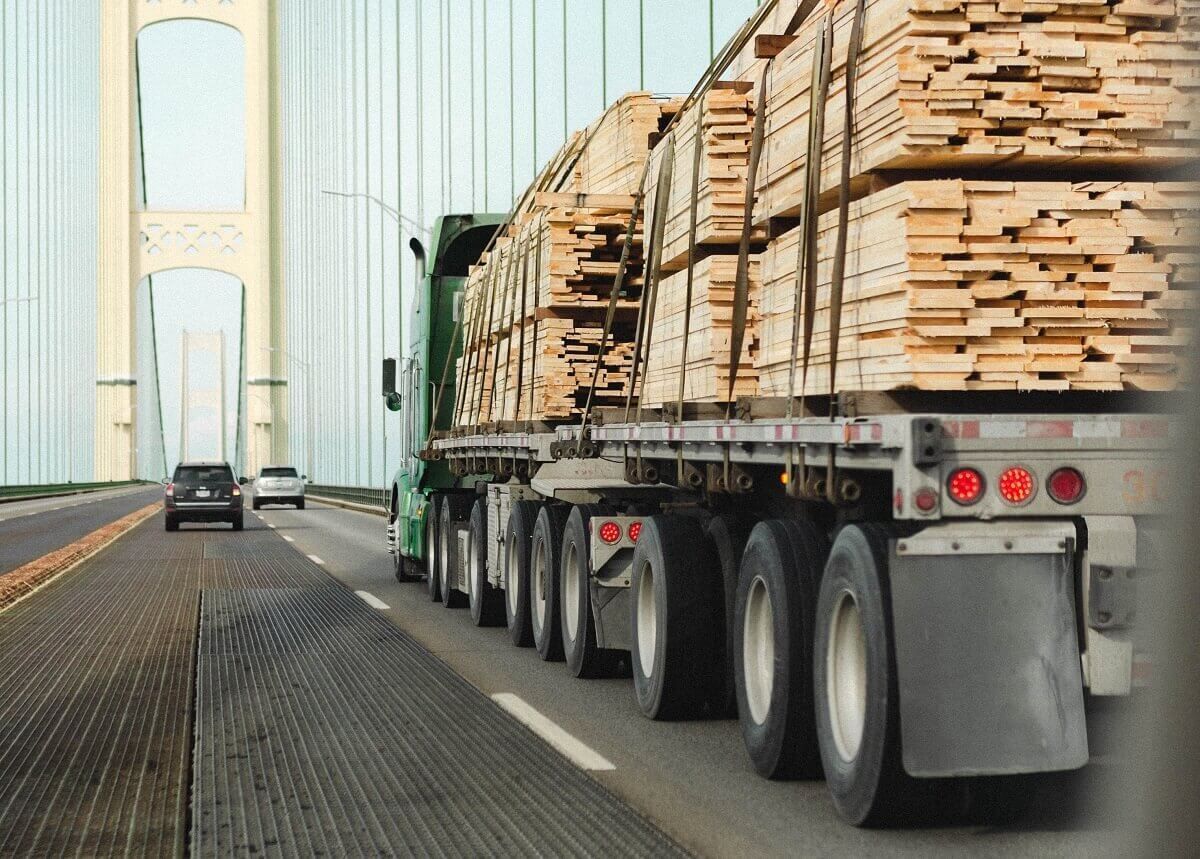Ship Car with Ease: 7 Tips for Shipping a Non-Running Vehicle
Transporting a non-running car may seem like a daunting task, but with the right guidance, it can be a smooth and stress-free process. Whether you have a classic car, a project vehicle, or a car that requires repairs, shipping it to your desired destination is still possible.
Read Also: Ship car from Hawaii to Florida

7 Tips for Safe Shipping of Non-Running Vehicles
In this article, we will provide you with seven valuable tips to ensure the safe and hassle-free shipping of your non-running vehicle. From choosing the right shipping company to preparing your vehicle for transport, these tips will help you navigate the process with ease.
1. Research and Choose a Reliable Shipping Company
When shipping a non-running car, it is crucial to select a reputable and experienced auto transport company. Conduct thorough research and consider factors such as their track record, customer reviews, and insurance coverage. Look for companies that specialize in shipping non-running vehicles and have the necessary equipment for safe loading and unloading. Obtaining multiple quotes will help you compare prices and services, allowing you to make an informed decision.
2. Provide Accurate Vehicle Information
To ensure a smooth shipping process, provide accurate information about your non-running vehicle to the shipping company. Details such as the make, model, dimensions, and condition of the vehicle are essential for determining the appropriate transportation method and equipment. Clear communication and accurate information will help the shipping company prepare for any specific requirements or challenges associated with your non-running car.
3. Choose the Right Shipping Method
There are different shipping methods available for non-running vehicles, including open transport and enclosed transport. Open transport is a cost-effective option where your vehicle is transported on an open trailer along with other vehicles. Enclosed transport provides additional protection by shipping your non-running car in an enclosed trailer, shielding it from the elements and road debris. Assess your vehicle's condition, value, and your budget to determine the most suitable shipping method.
4. Prepare Your Non-Running Vehicle for Shipping
Properly preparing your non-running vehicle for shipping is essential to ensure its safety during transportation. Remove any personal belongings from the car and clean it thoroughly. Document the current condition of the vehicle by taking photographs from different angles. Disable the alarm system, if applicable, and ensure the battery is disconnected. If there are any fluid leaks, inform the shipping company in advance. Secure or remove loose parts to prevent damage during transit.
5. Verify Insurance Coverage
Before shipping your non-running car, verify the insurance coverage provided by the shipping company. Ensure that their policy includes adequate protection for your vehicle in case of any unforeseen events. If needed, consider obtaining additional insurance coverage to have complete peace of mind during transit. Request a copy of the insurance policy and carefully review the terms and conditions to understand the extent of coverage provided.
6. Understand Loading and Unloading Processes
Familiarize yourself with the loading and unloading processes involved in shipping a non-running vehicle. Communicate with the shipping company to understand their procedures and requirements. In some cases, special equipment such as a forklift or a winch may be required to load and unload the non-running car. Make sure the shipping company has the necessary equipment and expertise to handle your specific vehicle.
7. Communicate with the Shipping Company
Maintaining open and clear communication with the shipping company is crucial throughout the shipping process. Stay in touch with the company's representatives and keep track of any updates or changes. Inform them of any modifications to your non-running vehicle's condition or if there are any last-minute changes to the shipping arrangements. By staying connected, you can address any concerns promptly and ensure a smooth shipping experience.
Conclusion
Shipping a non-running vehicle doesn't have to be a complicated endeavor with
Car Shipping Hawaii. By following these seven tips, you can ensure that your non-running car is shipped safely and efficiently. Remember to research and choose a reliable shipping company, provide accurate vehicle information, select the right shipping method, prepare your vehicle properly, verify insurance coverage, understand loading and unloading processes, and maintain open communication throughout the process. With these guidelines in mind, you can ship your non-running vehicle with ease, knowing that it will arrive at its destination securely and on time.
Frequently Asked Questions
















